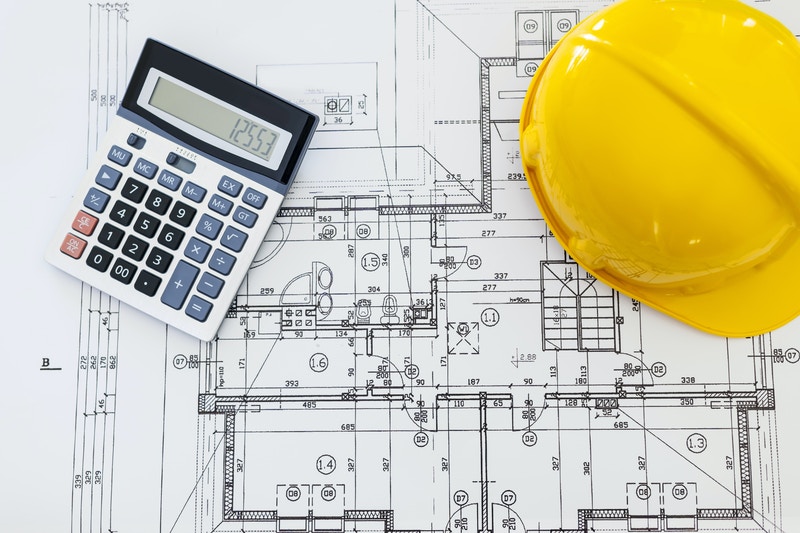
While we might not consider it, clean water is an incredible thing to have. Modern-day technology has allowed for us to properly purify our water to the point where it is safe to drink and safe for technological,.medical, and commercial needs. However, while we can better treat water to turn it into clean water, dirty, unpurified water still manages to run without ceasing.
It is said that unsafe, unpurified water accounts for over 3% of all deaths worldwide each year. Research has also shown that the 44% of stream miles, 64% of lake acres, and 30% of bay square miles assessed by testers were noted to be unclean and not suitable for activities such as swimming and fishing. Furthermore, more than 2 million tons of sewage is dumped into the world’s water systems every day.
Pollution on this scale, of which leads towards ecological degradation and a decline in human health, makes for a sad state of affairs. While we, as a global community, should continue to petition and rally for ecological reforms so that we might better our environment for the future, there are ways we can ensure that the water we are dealing with now is healthy enough for us to interact with.
One such way to guarantee water safety is through the performance of water quality analysis. Water quality analysis, which will test waters for their impurities, can define the purity level of water. This is largely achieved through the use of a water resistivity meter and water conductivity controller, of which allow researchers/testers to determine and monitor purity levels.
Conductivity and resistivity, which we most-often associate with electrical circuits, are beneficial measurements as they allow researchers to measure the general ionization of water by running an electrical current through it. Conductivity — the ability for an object to pass an electrical current — is affected by inorganic solids that are dissolved into the water (objects to be considered harmful). On the other hand, resistivity — the ability for an object to control/stop current — is only used in cases of high purity water quality analysis experiments.
These measurements are made while passing a current through the water, testing either/both conductivity and resistivity, all while monitoring the temperature of the water. Temperature is an important factor, too, as temperature can affect the reading of conductivity — the warmer the water, the higher the conductivity. The temperature of the water is monitored for this reason, often keeping it at 25 degrees Celsius, allowing researchers to properly perform water quality analysis.
While this all sounds extremely scientific, it doesn’t have to be. For people working outside of industry standards — not requiring researchers to continually monitor and perform water quality analysis on water being used for commercial purposes — it should be said that it can be performed at home.
There are at-home water testing kits and well water test kits available, allowing nearly anyone to test how pure their water is. This will allow you, as a homeowner, to determine if you should consider professional help in bettering the purity of your water, whether if it’s for drinking, washing clothes, or showering.
Whether coming from a faucet within your home or being used for commercial/medical properties, purified water is a must. Medical professional, retail production manager, or homeowner, consider having a water quality analysis performed on your available water.
